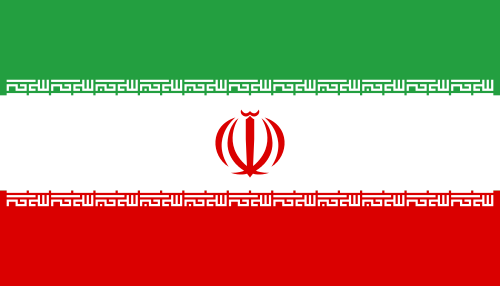Noshirvani University of Babol
Date Establishment
1971
World Ranking
401
Master
200
Academic Staff
200
Students
5800
International Students
158
Noshirvani University of Babol, a state-run institution located in Babol, Mazandaran province, was established in 1350. The university currently boasts a vibrant academic community of 5,800 students and 200 instructors.
The university has made significant scholarly contributions, with 6,180 scientific papers published in domestic journals and conferences. It also publishes two specialized journals, further cementing its role in advancing knowledge in various fields. To date, Noshirvani University of Babol has hosted nine conferences, providing a platform for scholars to share and discuss their research findings.
In addition to its domestic contributions, the university has made a substantial impact on the international academic community, with 4,787 papers published in internationally accredited journals. This reflects the university's commitment to fostering global academic discourse and collaboration.
Babil Noshirvani University of Technology includes five major colleges. The Faculty of Mechanical Engineering includes the disciplines of mechanical engineering, metallurgy, and industrial engineering, electrical and computer engineering, the School of Electrical and Computer Engineering, the School of Chemical Engineering, the School of Civil Engineering, and the School of Basic Sciences, as well as the departments of mathematics, physics and chemistry. Most universities offer a bachelor's or master's degree, and a doctoral degree in some disciplines.
The college has a distinguished record of achievements. It secured fourth place in the eighth Quantitative World Championship, qualifying for the world championship with the Simorgh team under the leadership of Dr. Reza Khanbabai. In the year 1392, the Oxin team, led by Dr. Mohammad Asadulhi Babeli, achieved sixth place in the World Quantitative Competitions.
In 1385, the Nanotechnology Research Laboratory was established at Babol University of Technology (Noshirvani). Through dedicated scientific and research efforts, this laboratory evolved into a nanotechnology research group on 12/12/1387. The group continued to grow and was promoted to a research institute for nanotechnology in 1389.
The research institute comprises nano-biotechnology groups, nanomaterials, and various field-specific laboratories. Its research objectives and areas include identifying the applied potential of nanostructured materials, nanotechnology tools, and nanosystems across various industries such as medicine, pharmaceuticals, defense, and petrochemical media.
The institute's scientific staff is composed of 40 permanent members, including 6 professors, 7 associate professors, 8 assistant professors, and 20 graduate students. These accomplishments reflect the college's commitment to academic excellence and innovation.
The Aminian Hostel, a boys' dormitory located adjacent to the university, comprises three blocks, each equipped with a variety of amenities. These include a spacious green yard, sports facilities such as a gym, ping pong hall, soccer and volleyball courts, a laundry room, and a buffet. All rooms are furnished with Wi-Fi, a refrigerator, a fan, a shoemaker, carpet, a mattress, a table, and at least two chairs.
Block 1 houses first-year undergraduate students across three floors. Each floor features a common bathroom, a prayer hall, two kitchens, and six shared bathrooms. The rooms in this block are four-person rooms with limited space and no balconies.
Block 2 accommodates other undergraduate students in 2 and 6-person rooms. It consists of three floors, each with prayer rooms, a common bathroom complex, a reading room, and an unused computer room. Each floor also has two kitchens and shared bathrooms. Most rooms on the second and third floors have balconies.
Block 3 is designated for graduate students. It offers four-person, air-conditioned rooms, a reading room, and a prayer room across four floors. Each floor has two kitchens and shared bathrooms, and all rooms have balconies, including those on the first floor.
For female students, the Rihana dormitory is conveniently located next to the university and consists of a single building block. The Kausar dormitory, also for girls, is situated further from the university.
The university provides free Internet access to all students, both on campus and in the hostels. The speed and size of the Internet service depend on the students' level of education.
Catering services include two buffets on campus, one each for girls and boys, and a buffet in each of the Aminian, Reyhaneh, and Kowsar dormitories. The university offers reservable meals every day of the week, except Fridays, with two meal options available for each lunch or dinner shift. During Ramadan, two meals, fast and suhoor, are provided, with improved quality and quantity of food.
Healthcare services are available at the University Health Center, which employs a general physician, a dentist, and several psychologists to cater to the students' needs.
The initial registration fee for students at the university is $50. An annual fee of $50 is also required. For those interested in the Persian language course, which caters to all levels from beginner to advanced, the fee is $300.


